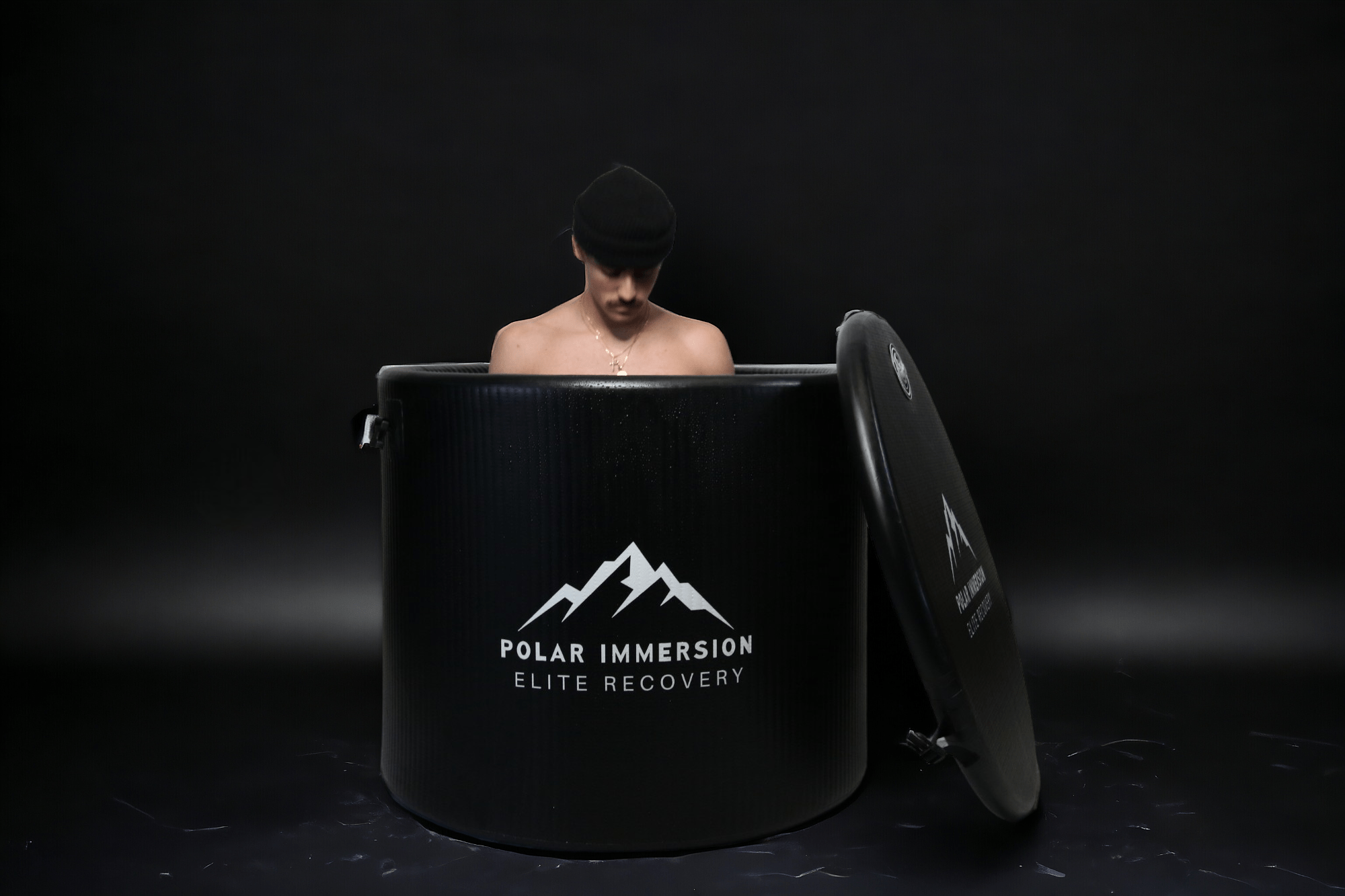When it comes to post-workout recovery, ice baths have been a popular choice among athletes for years. But with the rise of portable ice baths, many are wondering if they are a better option than traditional methods. Let's take a closer look at the differences between portable ice baths and traditional ice baths to determine which is more convenient, cost-effective, and effective.
Convenience
Portable ice baths offer the convenience of being able to be used anywhere, whether at home, on the road, or at a competition. Traditional ice baths, on the other hand, require a dedicated space, such as a bathtub or a large container filled with ice. This can be limiting for athletes who are constantly on the go. In terms of convenience, portable ice baths take the lead.
Cost
When it comes to cost, traditional ice baths can be more expensive in the long run. The constant need to purchase bags of ice can add up over time. Portable ice baths, while they may have a higher upfront cost, eliminate the need for constant ice purchases. This makes them a more cost-effective option in the long term.
Effectiveness
Both portable and traditional ice baths have been shown to be effective in reducing muscle soreness and inflammation after intense exercise. However, some studies suggest that portable ice baths may not be able to maintain a consistent temperature as well as traditional methods. This could potentially impact the overall effectiveness of the recovery process. In terms of effectiveness, traditional ice baths may have a slight edge.
In conclusion, when comparing portable ice baths to traditional ice baths, it ultimately comes down to personal preference and lifestyle. Portable ice baths offer convenience and cost savings, while traditional ice baths may be slightly more effective. Athletes should consider their individual needs and preferences when choosing the best option for their recovery routine.



Leave a comment
This site is protected by hCaptcha and the hCaptcha Privacy Policy and Terms of Service apply.